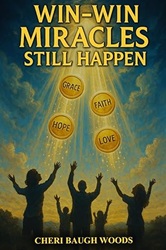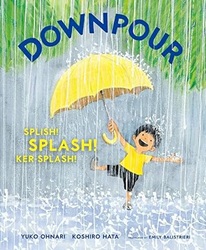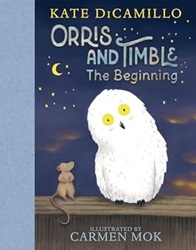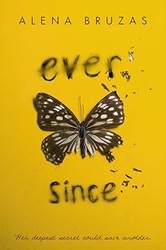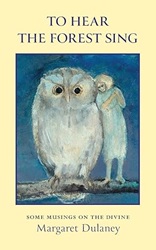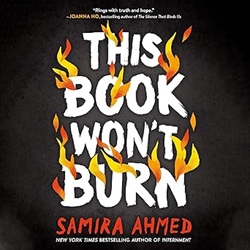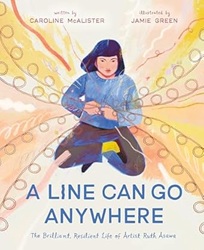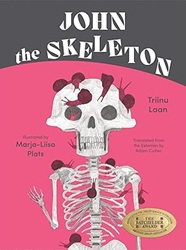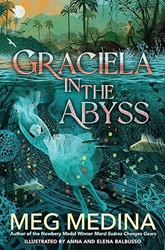Review of Win-Win Miracles Still Happen, by Cheri Baugh Woods
by Cheri Baugh Woods
Front Line Book Publishing, 2025. 264 pages.
Review written August 6, 2025, from my own copy, ordered via Amazon.com
Starred Review
Full disclosure first: I consider the author Cheri Woods a friend, via her brother Kevin, who I talked with most weeks at church for years. I was in the group that Kevin asked to pray for Cheri when her life was in danger with leukemia, I picked out verses for Kevin to send to her when she was going through treatment, and later when my niece had leukemia at 3 years old and again at 7 years old, Cheri in turn prayed for her.
So I know how miraculous Cheri’s story is, and I ordered a copy the same day I heard it had been published. And yes, I’m biased, and knew I would enjoy the book.
I’ll be honest – this book is not traditionally published, and although Cheri thanks an editor in the Acknowledgements, the presentation is not as polished as what I’m used to as a librarian. There are occasional mistakes such as quotation marks out of place and some repetitive spots. However, I’m glad that I knew I would want to read Cheri’s full story and overlooked those things – because as soon as I picked it up, I was riveted. Getting a Christian memoir traditionally published is incredibly difficult, so I’m selfishly glad that Cheri didn’t wait for that to happen so I could read her book now.
And I didn’t really know the earlier part of her story – that her first husband turned out to be a bigamist, and her second husband passed away when she was 32 years old. From seeing her journey with cancer, I was not surprised to see her faith shine through in her entire story, as God brought her through all of those hard things.
Here’s how Cheri explains the title in her Introduction:
I am here to declare that my cornerstone remains intact. Through all my circumstances and experiences, I learned to rely on the strength, power, and mercy that God so generously gives each of us through our faith.
I began living a Win-Win life, which meant that no matter what came my way, even if that meant my death, I WIN!
If God chose to keep me here on the earth, I win, because it shows me He still has need of me. My purpose for living is not over, and he has more for me to do for the glory of His kingdom.
If God chose to take me home, I WIN again because to be absent from the body is to be present with the LORD. That is the ultimate win.
My hope is that my life’s events may be an encouragement and an inspiration for you to keep going as you encounter your own struggles and difficulties. I pray that as you read, you will grab hold and tap into God’s energy, his forever-loving lifeline, and begin to live your own Win-Win life.
Reading this book is like hearing from an encouraging friend with strong faith. Her story is amazing – I wouldn’t believe it if someone tried to put it into a novel – and it’s lovely to see how God’s hand has been on her life all along.
Cheri had to retire early from her career as a teacher and school administrator when she got a bone marrow transplant and a new immune system. So let me encourage you to purchase her book – the money will go to someone who can use it and deserves it. It’s not every day that you “meet” someone who’s been through incredible difficulties who has such a sunshiny spirit of God’s love. This book will not only keep you reading, it will bless and inspire you.
Find this review on Sonderbooks at: www.sonderbooks.com/Nonfiction/win_win_miracles_still_happen.html
Disclosure: I am an Amazon Affiliate, and will earn a small percentage if you order a book on Amazon after clicking through from my site.
Disclaimer: I am a professional librarian, but the views expressed are solely my own, and in no way represent the official views of my employer or of any committee or group of which I am part.
Subscribe for more reviews and talk about books.
Join the conversation: What did you think of this book?
